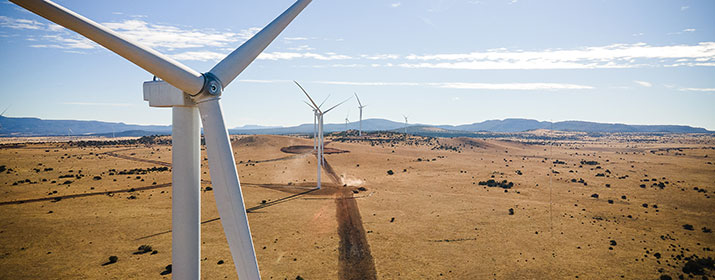
When more than 80 percent of the sun was covered by the moon on a Saturday morning during a partial solar eclipse on Oct. 14, it presented an unusual challenge for our grid operators – both when energy from the sun dipped and again when it came roaring back.
The eclipse caused a large and rapid decrease in solar energy from TEP’s large community-scale systems and customers’ rooftop arrays. At the height of the event, from about 8:15 a.m. to 9:30 a.m., our grid lost more than 300 megawatts (MW) of solar energy production, enough to power nearly 100,000 homes.
Because we had secured additional power to cover such losses, our skilled team of grid operators was able to cover our community’s energy needs even as the system load swung more than 815 MW over the course of an hour.
“It was an interesting phenomenon that demanded our attention now that solar energy is such an integral part of our portfolio,” said Sam Rugel, Director of System Control and Reliability.
Keep in mind that electricity is a real-time service; power is produced at the moment it’s used. That’s why TEP and other energy providers are working to build more battery systems to store the increasing levels of renewable energy we’ll need for a cleaner, greener grid.
TEP compensated for the loss of solar power with other resources, including units at the Gila River Power Station near Gila Bend and the fast-ramping reciprocating internal combustion engines installed recently at our largest local power plant. We also had postponed planned maintenance to generating units during the eclipse to ensure that we were ready to meet energy demand.
The biggest challenge occurred as the eclipse started to wane and local solar resources start to ramp up production again, pushing more power to the grid than our customers were using. Operators had to rapidly dial back on thermal generating resources to balance supply to the grid with demand.
TEP customers curious to see TEP’s real-time solar production can check in anytime with TEP’s Clean Energy Tracker, which also shares information about wind production.
TEP prepared for the event using data available through a partnership with the University of Arizona.






